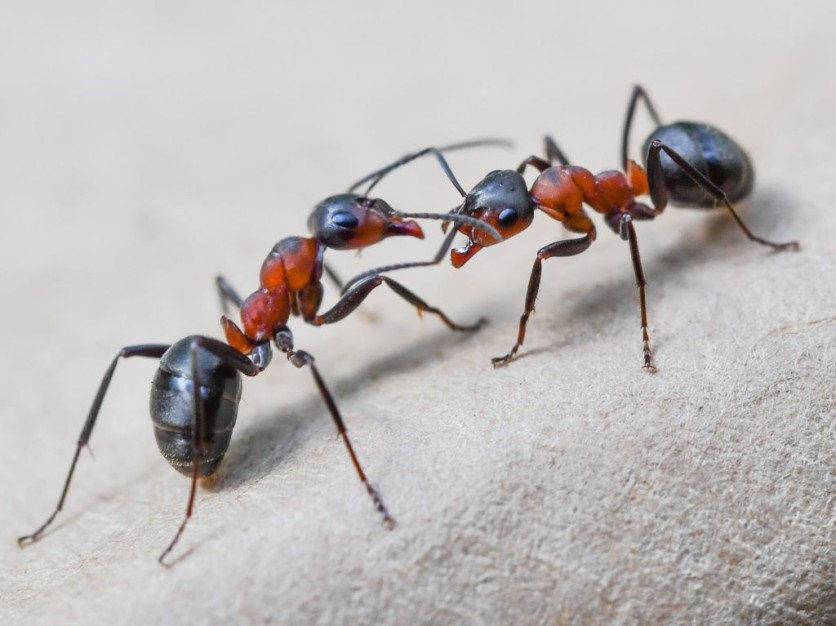The integration of artificial intelligence (AI) into various aspects of daily life has now extended its reach to traditional farming practices. According to a report published in Science X Network, a survey of cutting-edge farming tools highlights the substantial progress made in modern agriculture.

AI Advancements in Farming
Among these advancements is the Ecorobotix, a solar-powered, GPS-assisted unit colloquially referred to as a "table on wheels." Boasting dimensions of seven feet in width, this innovation navigates crop fields, meticulously targeting and eradicating weeds with an impressive 95% effectiveness rate, significantly minimizing waste.
Additionally, systems developed by Energid and Universal Robots showcase the potential of AI in the agriculture sector. Their technology enables the automated harvesting of citrus fruits like oranges and grapefruits through multiple cameras and flexible robotic arms.
The River LettuceBot introduces another dimension to precision farming. By employing crop geometry scanning, it optimizes growth and minimizes pesticide usage.
That is achieved by discerning between weeds and crops, ensuring that densely planted vegetable fields are properly thinned, thus preventing oversaturation and mitigating the risk of disease.
Ant Brains Inspire Farm Robots
In tandem with these innovations, researchers at the Universities of Edinburgh and Sheffield are addressing the challenge of visual navigation in dense vegetation.
Negotiating uneven and unmarked terrains is a formidable task for robotic systems, and the scientists have turned to a diminutive yet highly efficient model for inspiration: the Formica rufa ant.
Despite their small size, ants excel at executing complex tasks. Their well-organized division of labor and ability to solve intricate organizational problems have ensured their survival for over 100 million years.
Current estimates suggest that up to 20 quadrillion ants coexist with humans today, collectively weighing approximately as much as the entire human population.
Published in the journal Science Robotics, the article titled "Neuromorphic sequence learning with an event camera on routes through vegetation" outlines the researchers' quest for low-power, efficient onboard solutions for robotic navigation.
Lead researcher Le Zhu explained how they drew inspiration from insects, particularly ants, which adeptly learn and navigate complex environments despite their relatively constrained sensory and neural systems.
The team developed an artificial neural network that guides robots through challenging, vegetation-rich environments. Their approach was rooted in insights derived from insect neuroscience, specifically focusing on insect memory and the role of "mushroom bodies" in processing sensory information
To validate their neural model, the researchers conducted tests along demanding routes characterized by uneven, muddy, and densely vegetated terrain.
The positive outcomes of their research demonstrate potential applications in agriculture, forestry, and environmental monitoring. Employing a bioinspired event camera on a terrestrial robot, the team collected visual sequences in natural outdoor settings.
They applied a neural algorithm for spatiotemporal memory, closely mirroring a known neural circuit in insect brains, and demonstrated the method's viability in supporting route recognition for visual navigation.
Related Article : Infobot AI-Generated News Network Promises the Use of AI for Publicly Available Information to Create News Content

![Apple Watch Series 10 [GPS 42mm]](https://d.techtimes.com/en/full/453899/apple-watch-series-10-gps-42mm.jpg?w=184&h=103&f=9fb3c2ea2db928c663d1d2eadbcb3e52)



